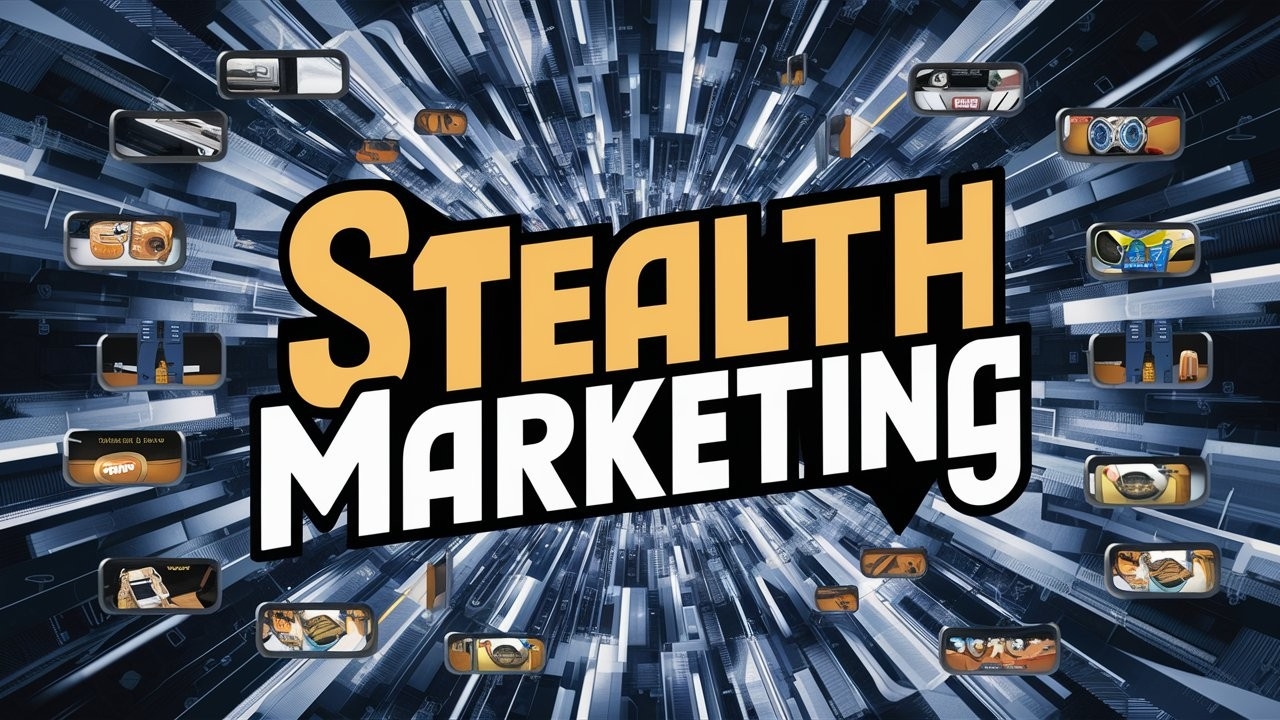
It is a marketing strategy that uses indirect or hidden methods to promote products or services without the audience realizing that they are part of a marketing campaign. This type of marketing aims to integrate promotional messages into natural or unobtrusive contexts to avoid the audience feeling the direct marketing influence.
Characteristics of Stealth Marketing
1. Camouflage: Integrates marketing messages into contexts that appear natural and non-promotional.
2. Indirect: Relies on presenting messages in an indirect way to attract attention without appearing as an explicit advertisement.
3. Realistic experience: Uses methods that simulate natural experiences or everyday situations to promote products.
4. Integration: Aims to make promotional messages part of the general experience without disturbing or raising the audience's suspicions.
Benefits and features of Stealth Marketing
1. Avoiding bullying: Reduces the feeling of direct marketing influence that the audience may reject.
2. Increased acceptance: It can be more acceptable to the audience because it does not appear as an explicit advertisement.
3. Natural integration: Integrates promotional messages seamlessly into natural contexts, making them less noticeable.
4. Enhance the experience: It can enhance the user experience indirectly and encourage positive interaction with the brand.
Disadvantages of Stealth Marketing
1. Credibility: Some methods may be seen as deceptive if the audience discovers the methods used.
2. Control of the message: It may be difficult to ensure that messages will be delivered correctly and effectively as intended.
3. Limited impact: Results may be less measurable compared to traditional promotional strategies.
4. Criticisms: It may face some criticism from the public or organizations who consider this type of marketing unethical or misleading.
Types of Stealth Marketing
1. Movie Marketing: Incorporating products or brands into scenes in movies or TV shows.
2. Influencer Promotion: Using influencers to mention or use products in a natural context without explicitly advertising them.
3. Invisible Experience: Placing products in public places or contexts that would naturally be included within the experience.
4. Content Marketing: Providing content that promotes the product or service indirectly through stories or articles.
Real-life examples
1. Products in movies: Products like Apple phones appear in popular movies, where they are used as part of scenes without the advertisements being obvious.
2. Influencer campaigns: Influencers engage in using certain products in their social media posts without directly announcing the promotional campaign.
3. Hidden promotional events: Organizing events or free product trials in unexpected places to attract attention without prior announcement.
Stealth marketing is a strategy that relies on delivering promotional messages indirectly or hidden to integrate them seamlessly into everyday experiences. It is characterized by avoiding direct marketing influence and increasing audience acceptance, but it may face challenges such as loss of credibility and potential criticism. However, it can be effective in enhancing the experience and maximizing marketing impact through natural and unobtrusive methods.

26/08/2024
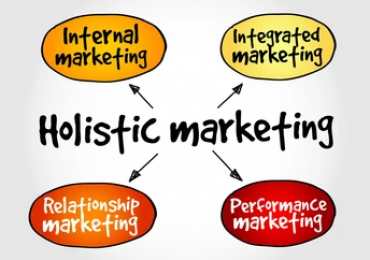
18/08/2024
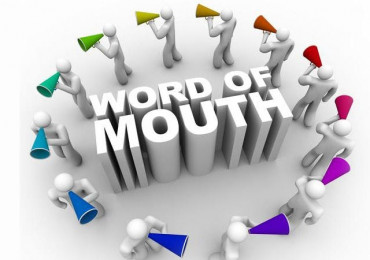
20/08/2024
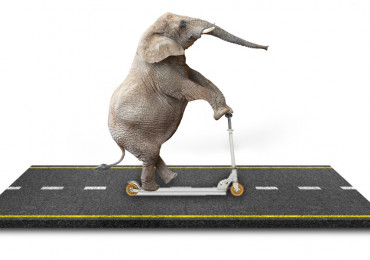
01/09/2024

26/08/2024

25/08/2024
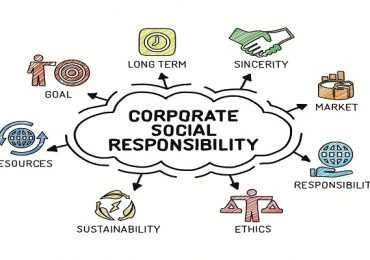
30/08/2024
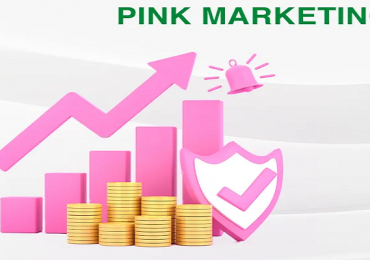
01/09/2024

14/08/2024

22/08/2024

28/08/2024
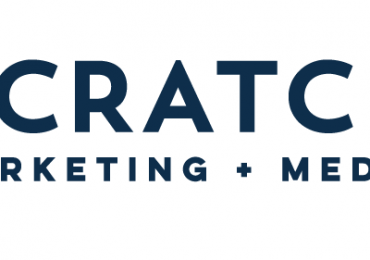
31/08/2024

18/08/2024

30/08/2024
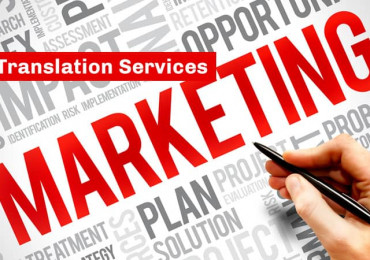
01/09/2024

23/08/2024

01/09/2024
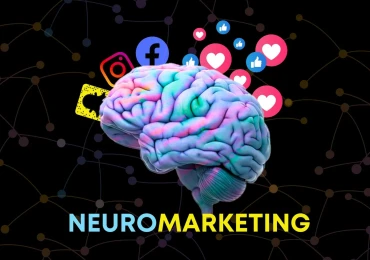
15/08/2024
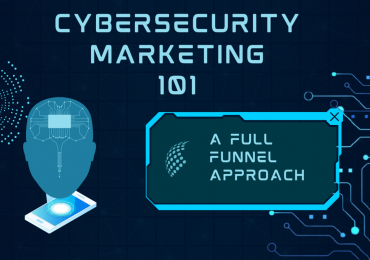
01/09/2024

31/08/2024